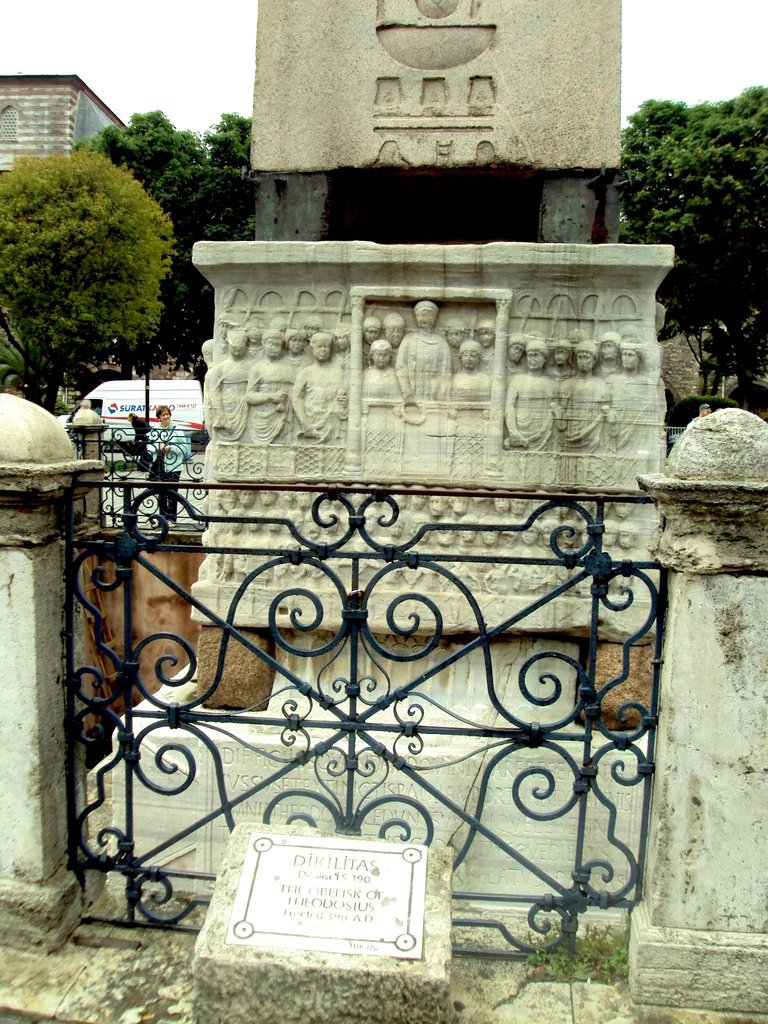Hello archi lovers!
Another fascinating moment in our journey through Istanbul, the capital of Turkey, where we have discovered many amazing, wonderful and inspiring places. A lot of history and architecture is concentrated in this great city between two continents.
And also the architecture and history are mixed with beautiful views and even legend and mythology. Because there are few places more fantastic than an ancient Roman cistern, Yerebatan (current name in Turkish), from the time of Byzantium or later Constantinople, capital of the Eastern Roman Empire. A place that I recommend, that I have been able to visit three or four times and it always fascinates me. Without a doubt, one of my favorite places.
Yerebatan Sarnıcı
This is the official Turkish name, and this is an impressive attraction and mainly a great ancient piece of engineering. The Romans built underground cisterns to store water, and it is wonderful to see that they are still standing today, and with some water still in them.
So when we enter we feel something unique, because it is definitely a unique place. The atmosphere is strange and makes us feel out of the world, out of time, and only a slight sound of visitors' footsteps on platforms shaped like paths over the water keeps us in reality.
But the dim lights placed on its multiple columns, so that we see something, but without attacking the space and without it losing its authenticity, give the whole complex a magical aura.
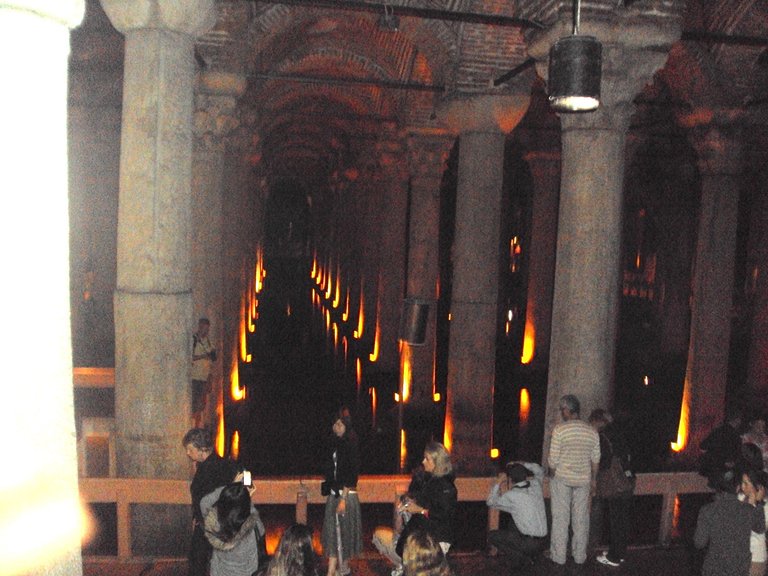
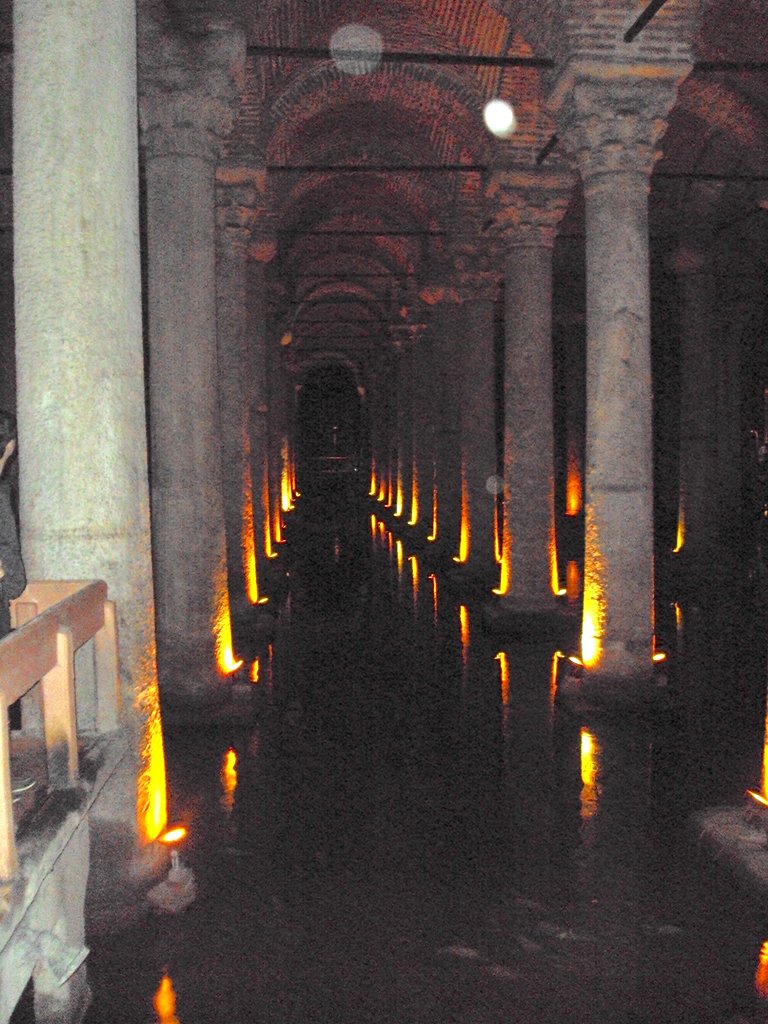
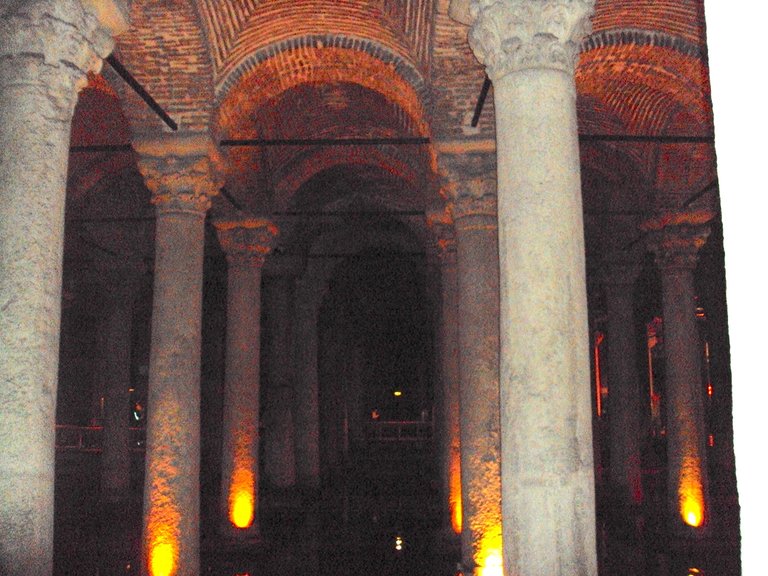

Despite the near darkness we can see details, the vaulted arches, the columns, even the bottom of the pavement, through the few centimeters of water, there are decorative tiles, but the most surprising thing is that there were also fishes there!
It is true that it is not the best place to take photos due to the lack of light and the lack of a good camera, but despite this you can perceive the charm of this magnificent construction.
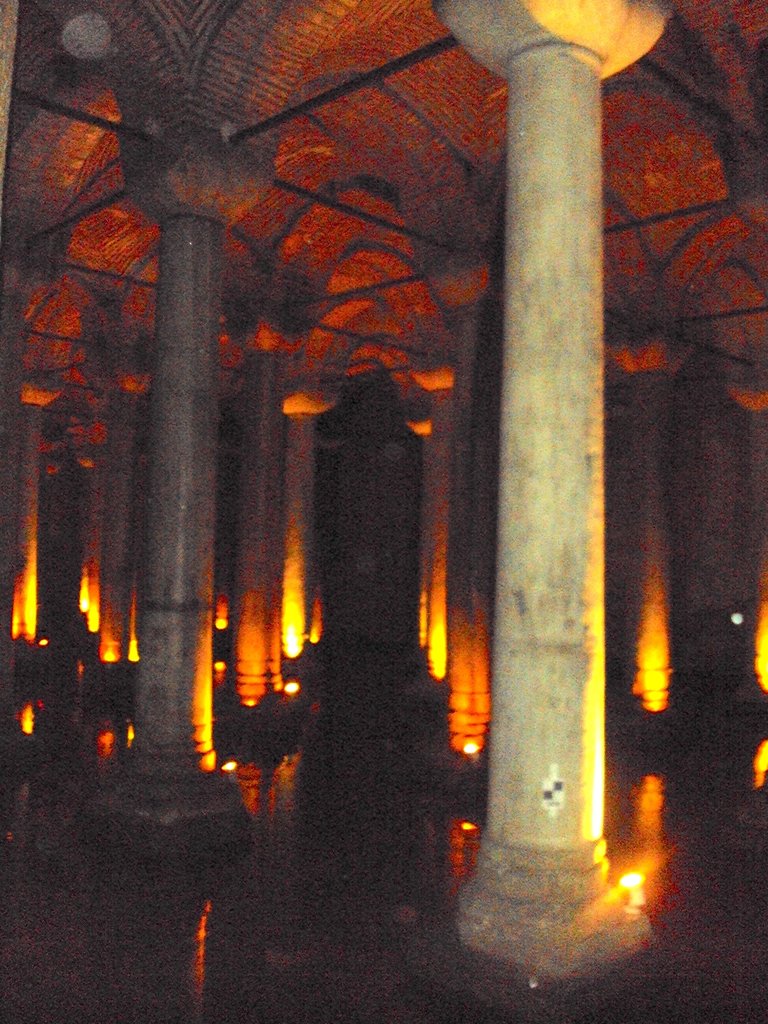
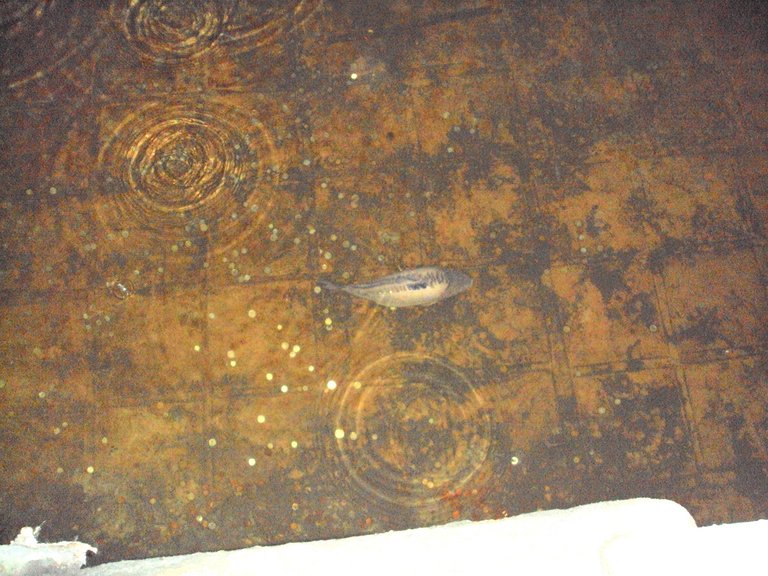
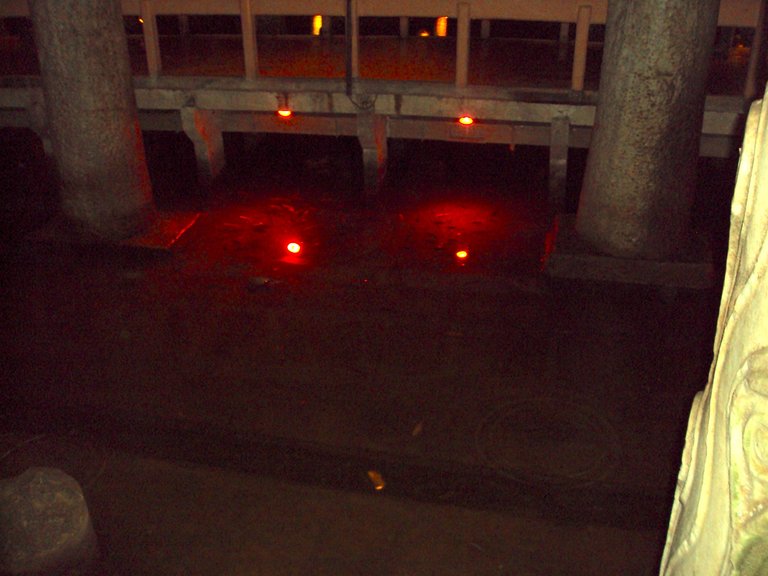
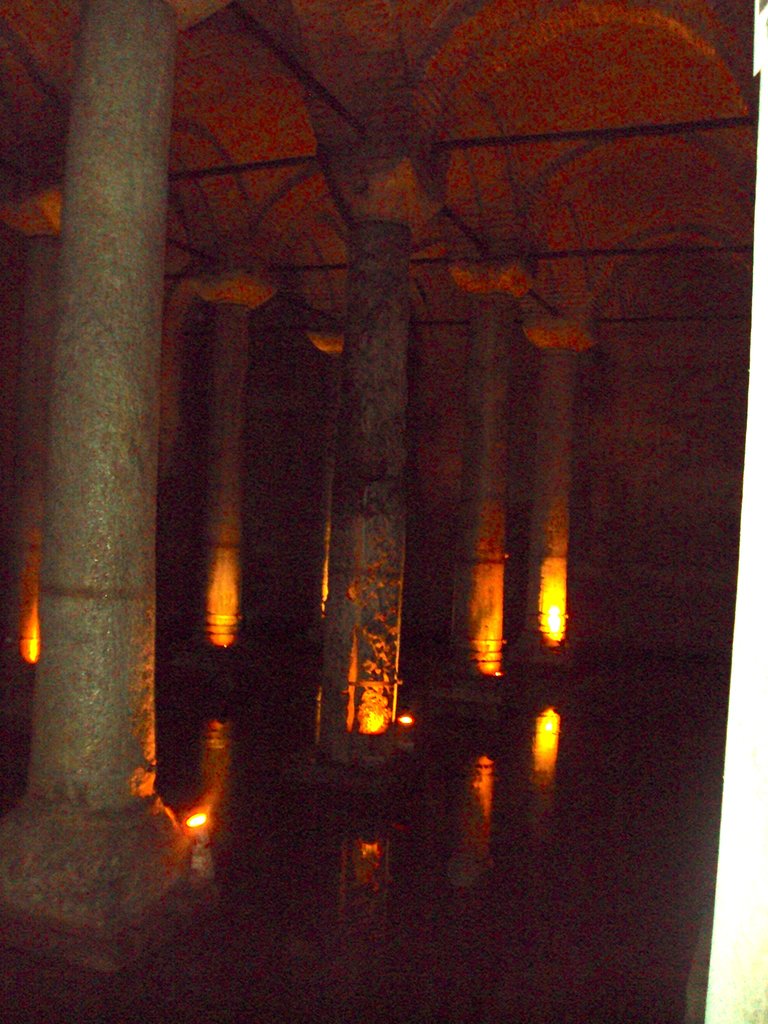
And walking along the circuit of catwalks, we arrive at the coolest point of all. An element that gives all the meaning to the architectural ensemble, and also all its symbolism.
On one of its many columns, we discovered a different base, a kind of unexpected original piece. The base is made of a classical element but underneath it there is a disturbing sculpted head. And it is upside down.
Why? Who is it? There we were told that it is the head of Medusa, yes, that mythological legend that speaks of how those who looked directly at her turned into stone, and that a hero put his shield in front of her, her image was reflected and she looked at herself, screamed and turned into stone. And there is that severed head, upside down just in case... better not to look at it directly perhaps, right?
It is undoubtedly the most striking architectural element of the entire place, the one that draws our attention, arouses our curiosity and leaves us in awe.
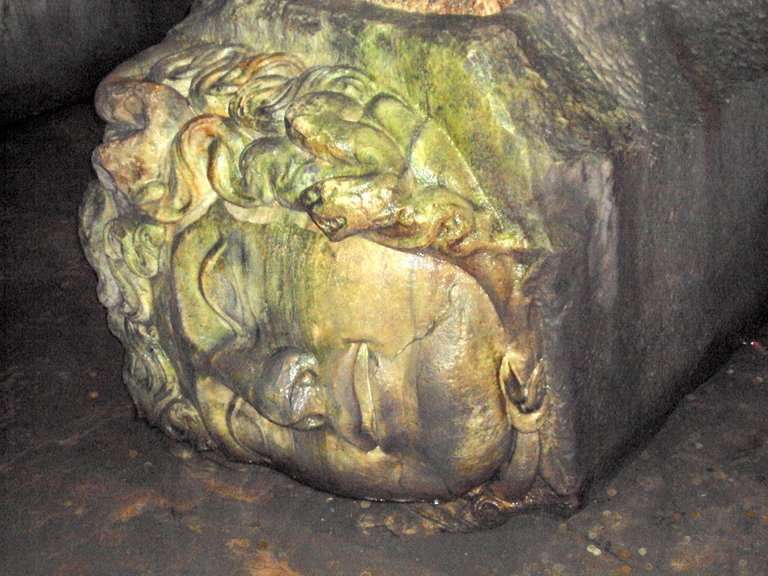


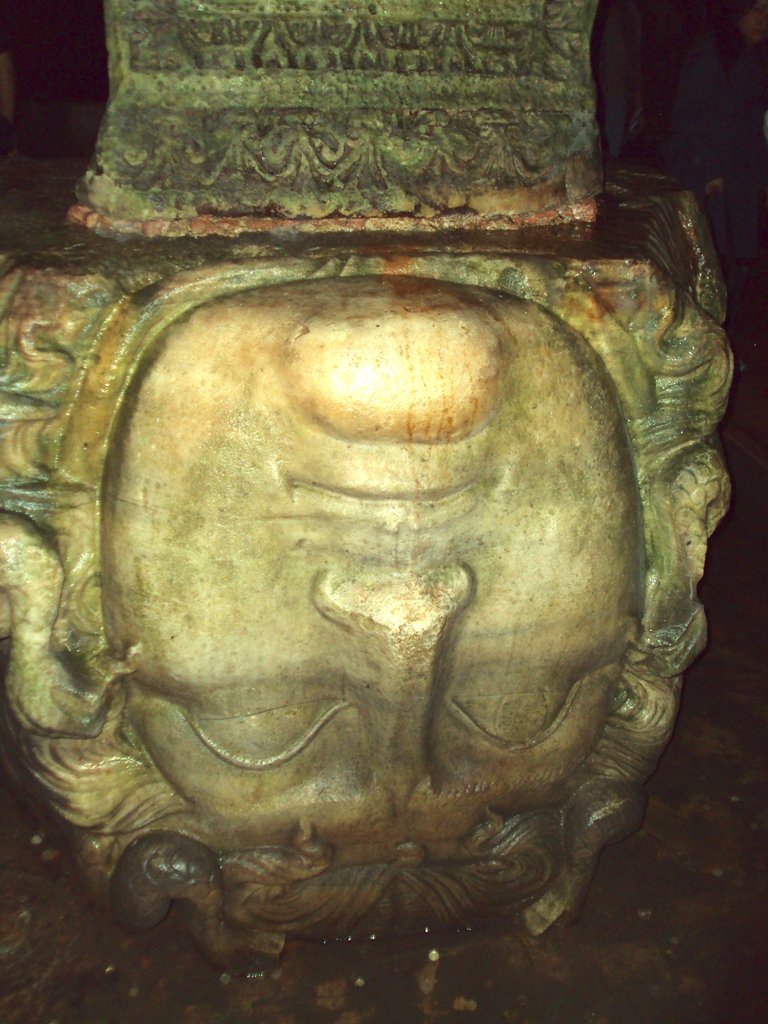

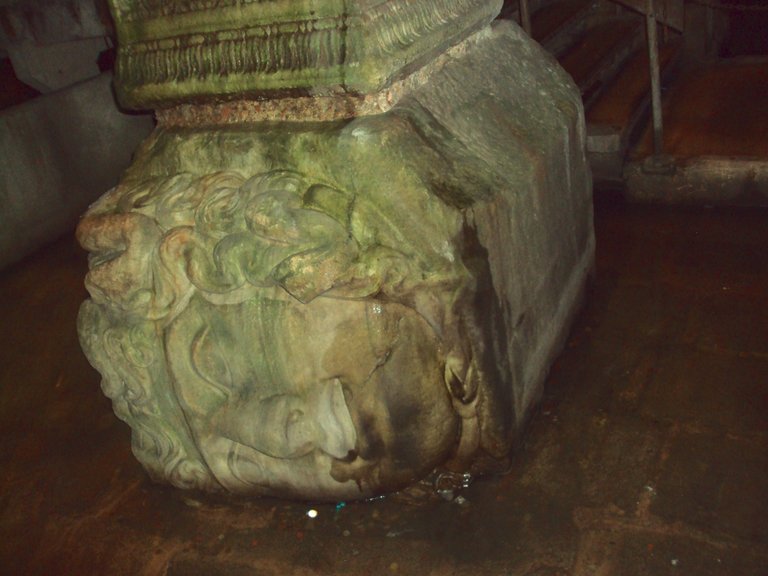
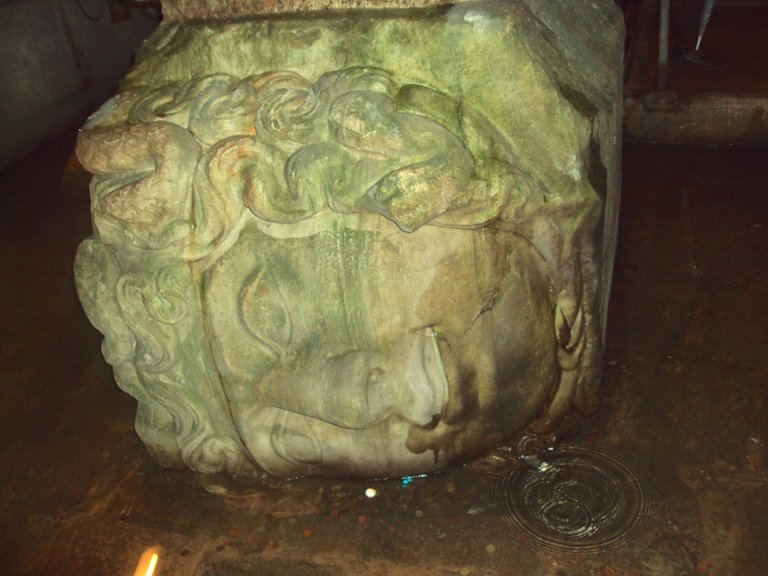
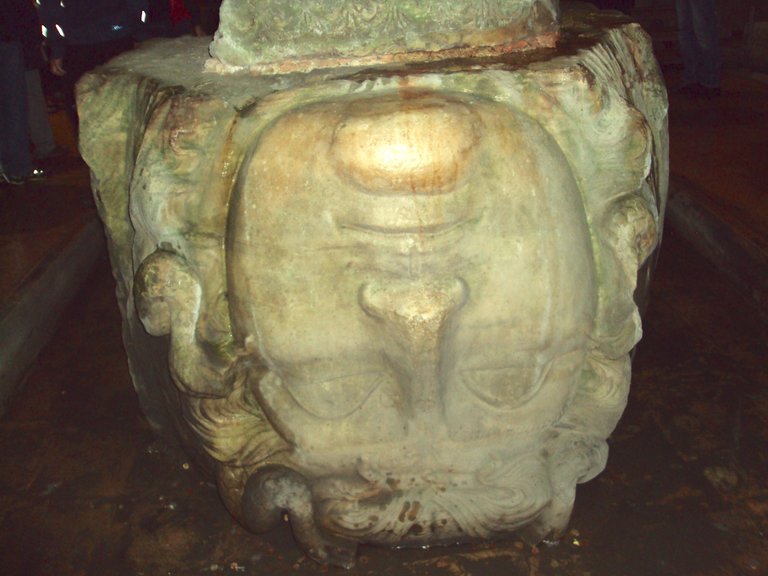
We continue along the walkway along the entire permitted perimeter, between intense chiaroscuros, over those shallow waters that seem to have been still for centuries, moved only by those fish that wander around there, oblivious to those who look at them and are surprised and to that lack of natural light. The artificial reddish lights are reflected in some points, creating strange and almost magical effects, of fantastic red, ancient and legendary waters.
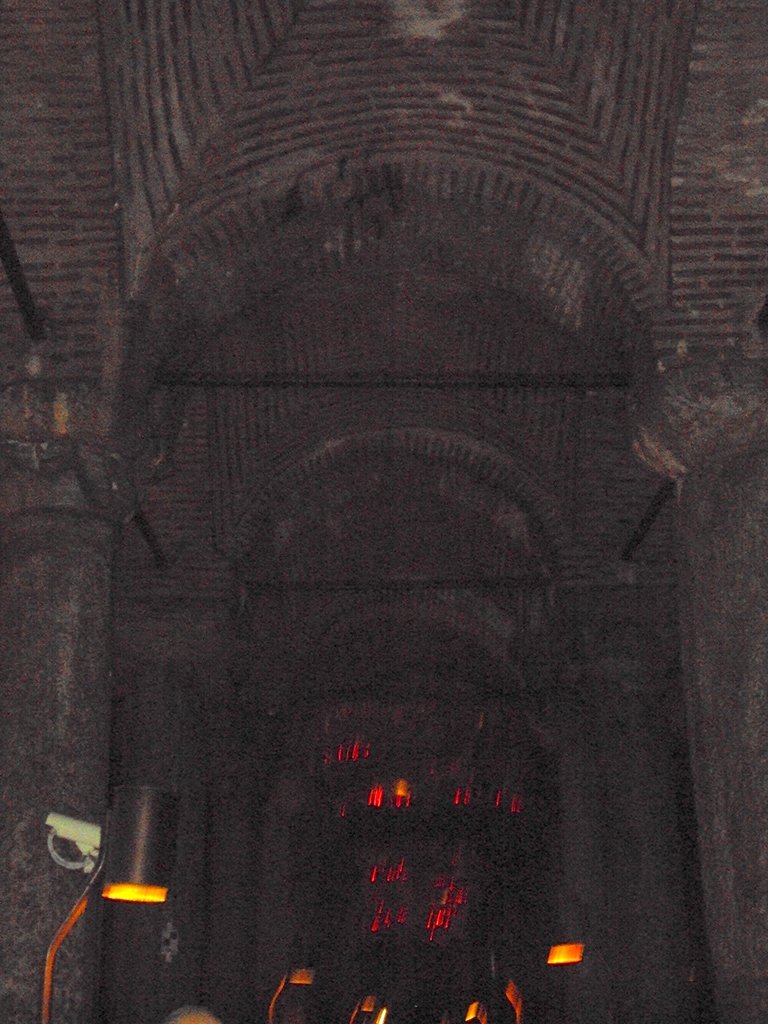
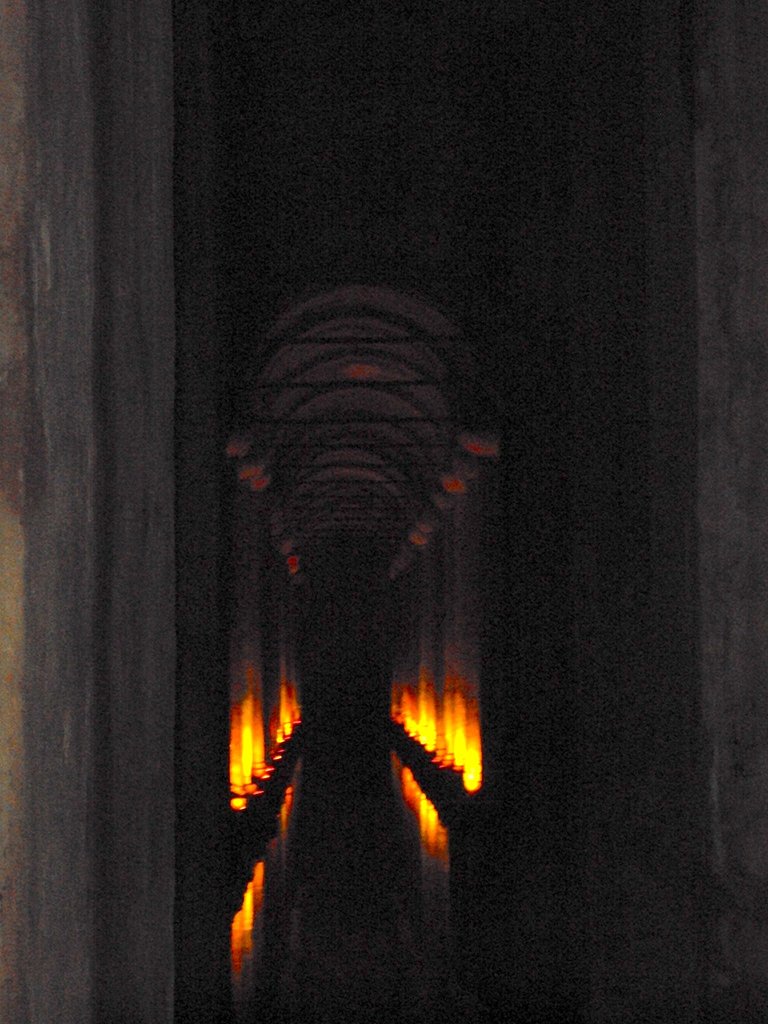
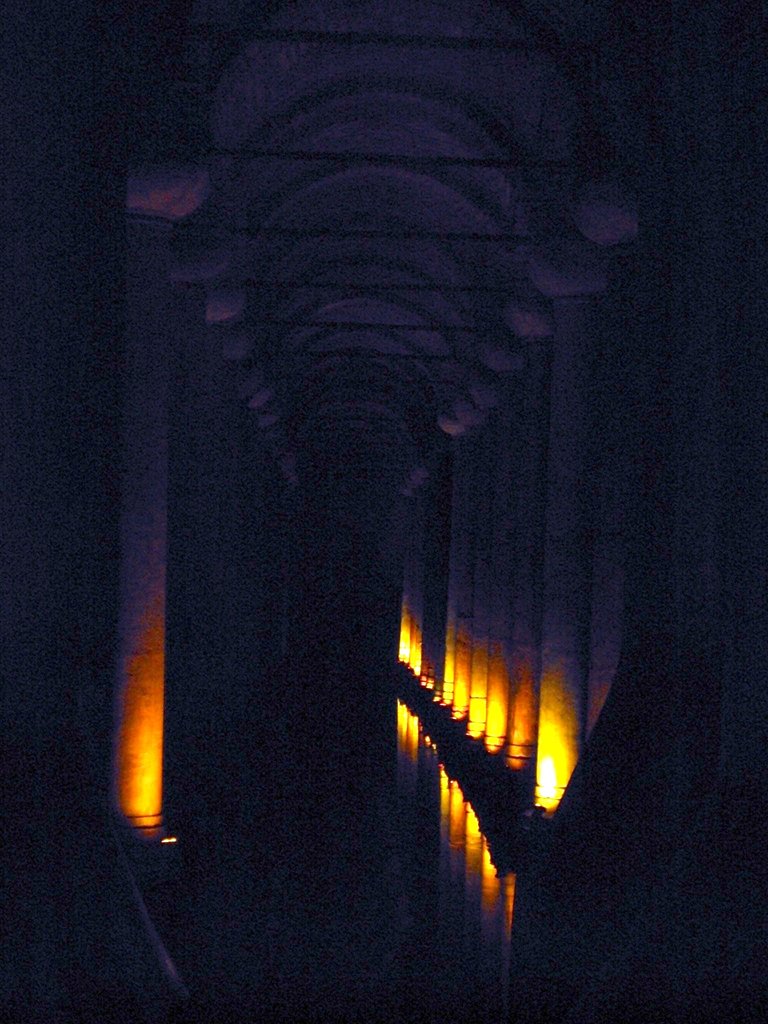
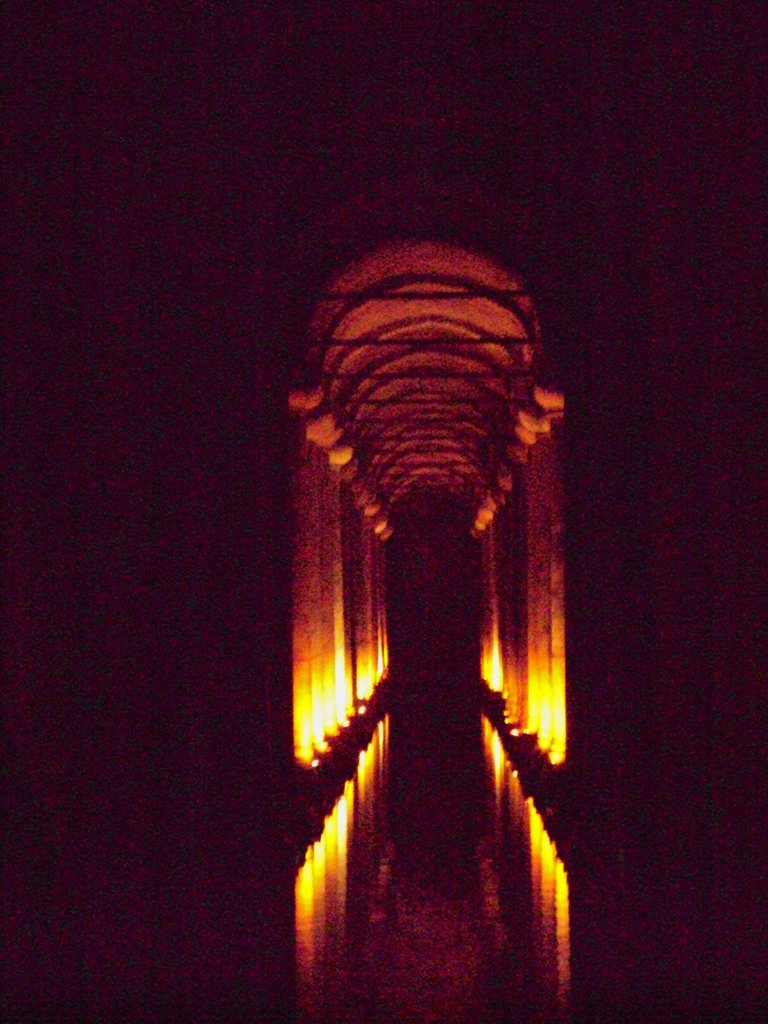
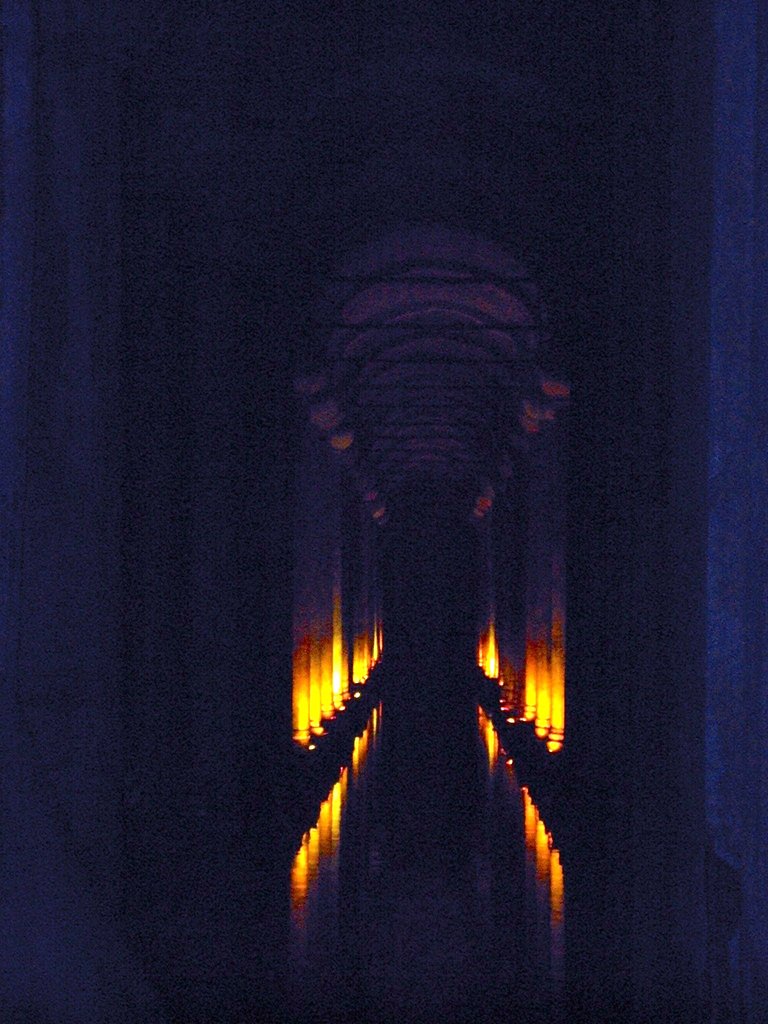
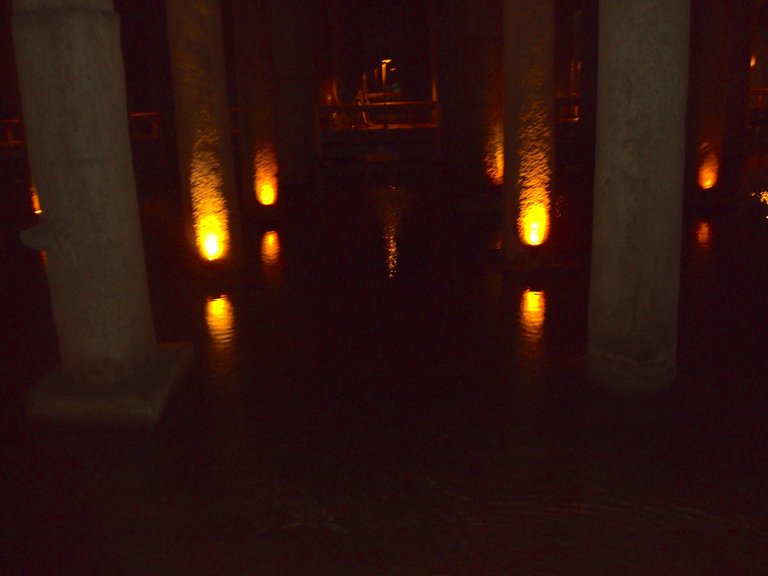
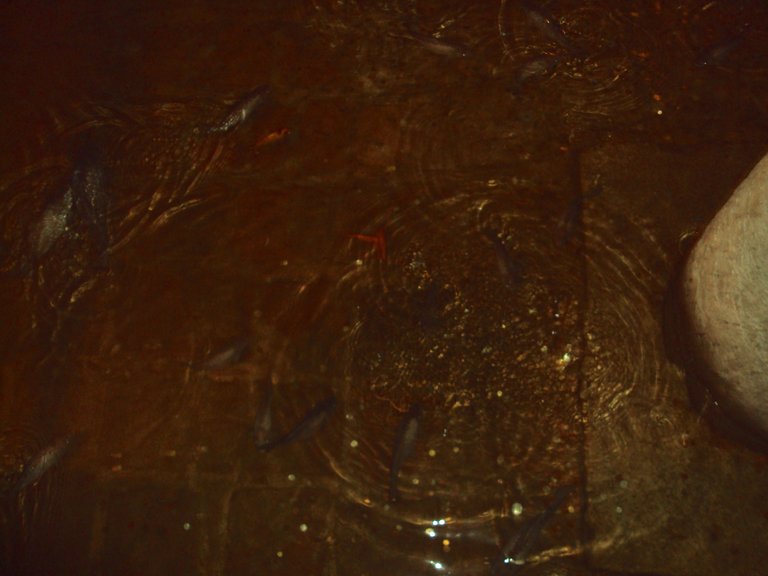
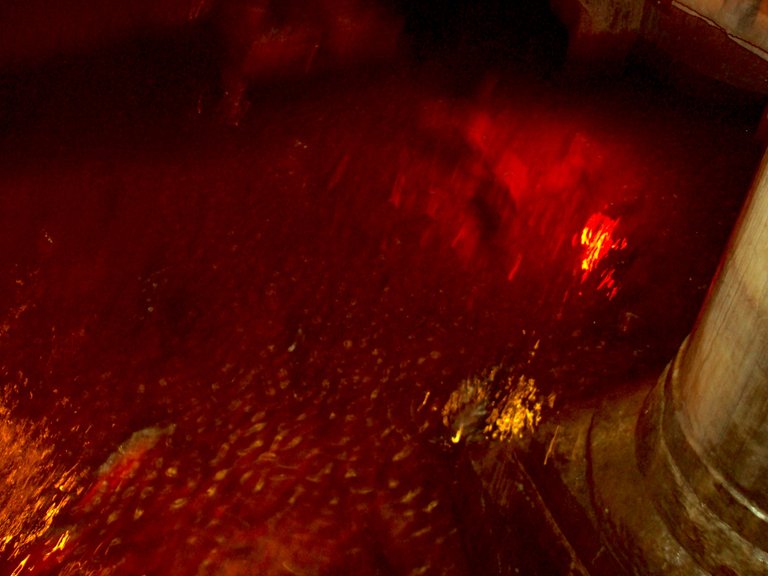
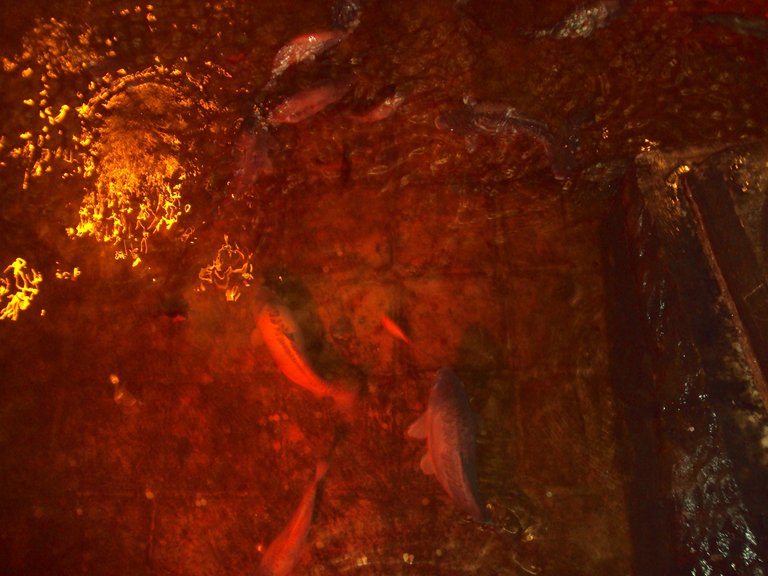
Historical downtown surroundings
And finally we went outside, almost unable to open our eyes because of the light, as if it had all been a strange dream, an experience somewhere between historical and dreamlike, but fantastic. We could not imagine that architecture could create such almost inexplicable effects and sensations.
Outside we are in the most visited area, which we have already seen, the large mosques and buildings and a beautiful palace. But there are other details that make up this area, a large tree that draws attention as a natural decorative element between the tram tracks, other relevant historical buildings, even an Egyptian obelisk that we always find in large cities with a base that looks like a local sculpture perhaps... the inscription says that it is the Obelisk of Theodosius, one of the Roman emperors. Again, historical elements from different eras and cultures are naturally mixed in this incredible city that we love so much.
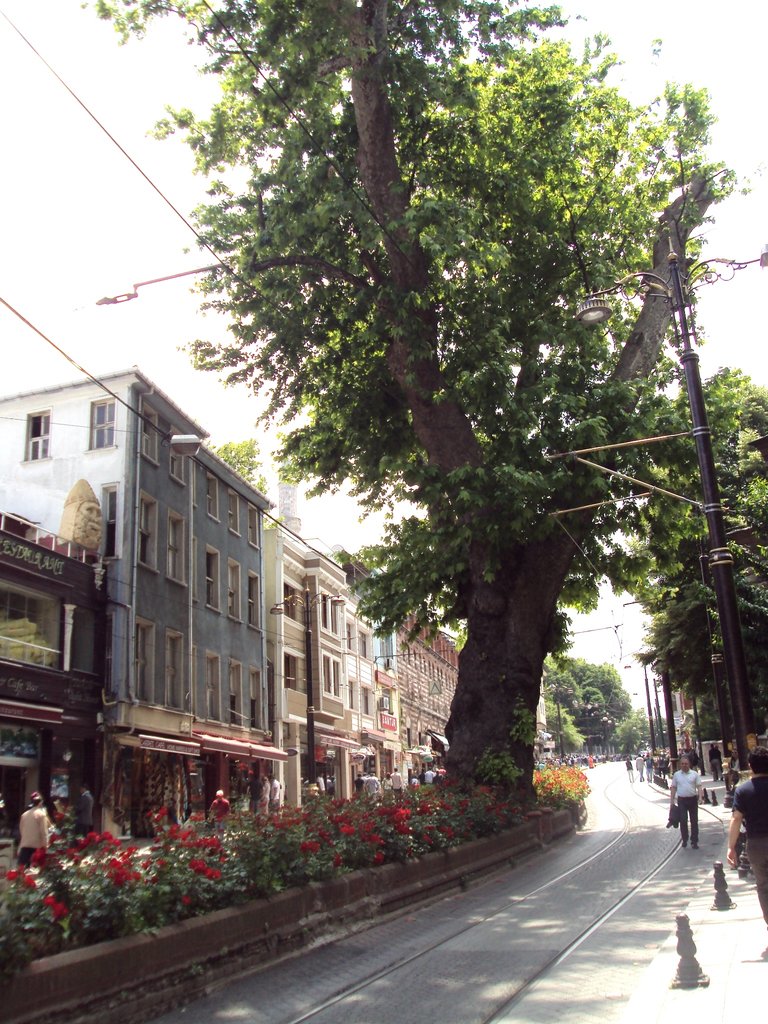
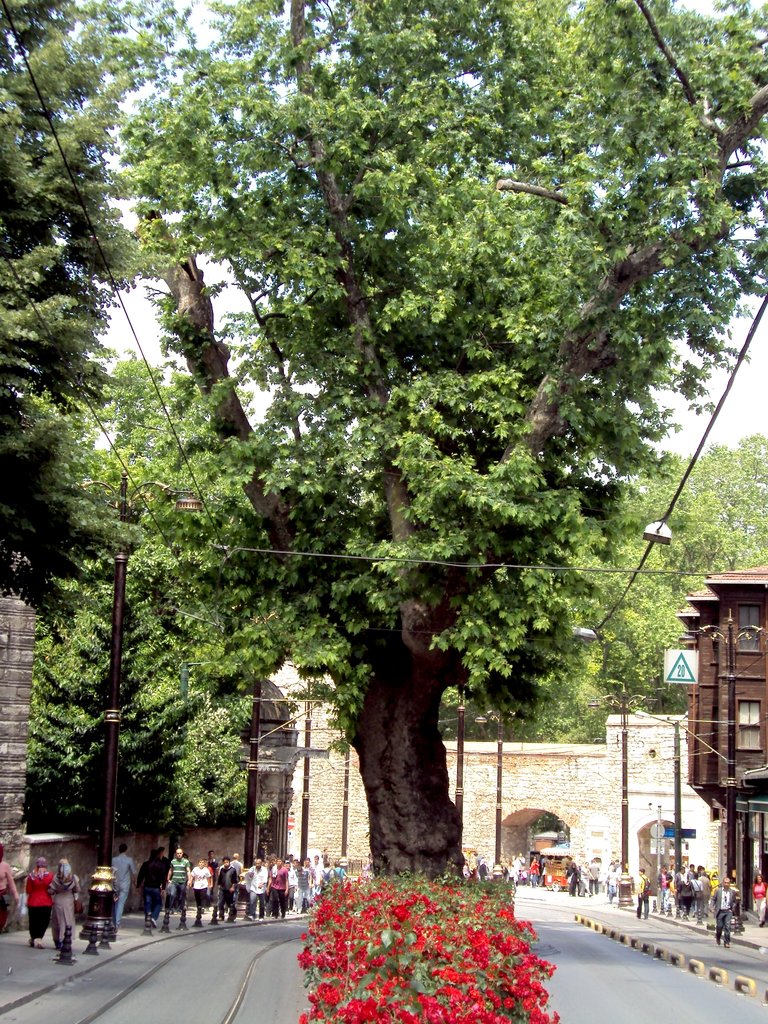
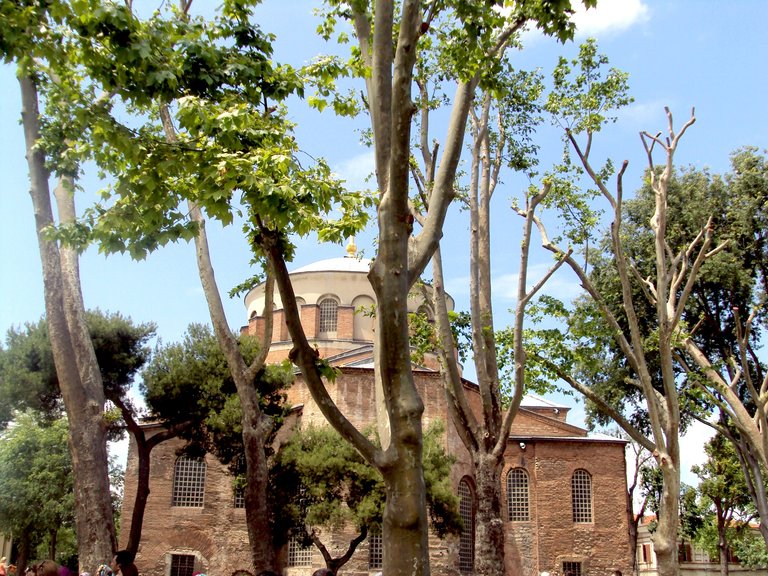
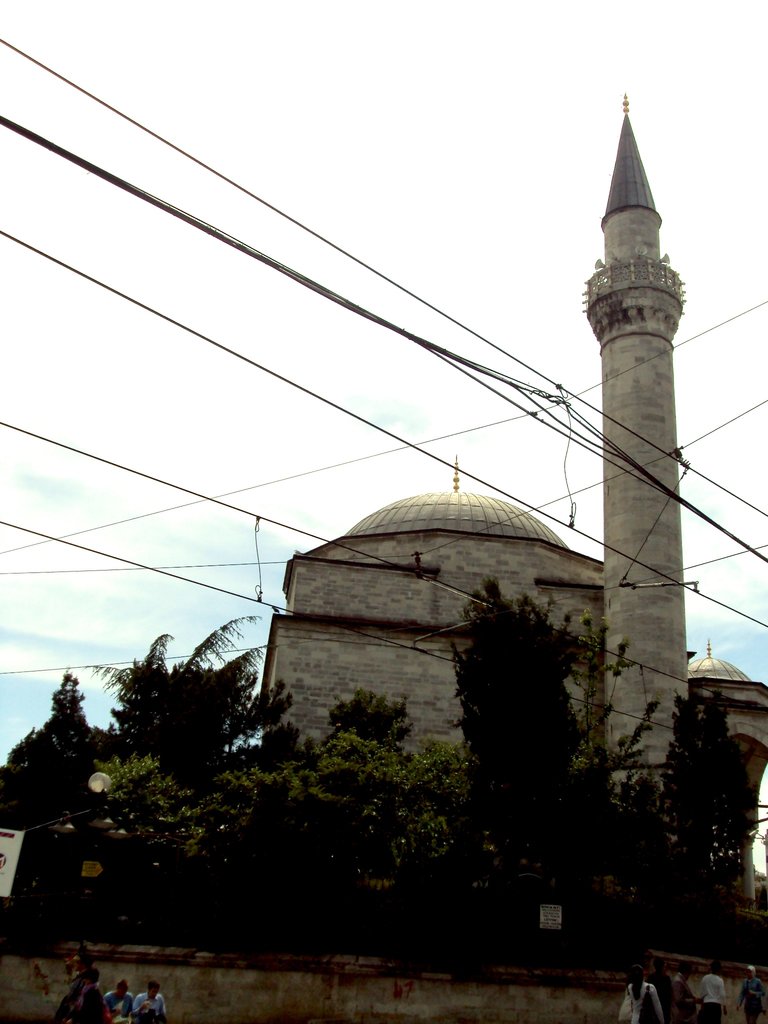
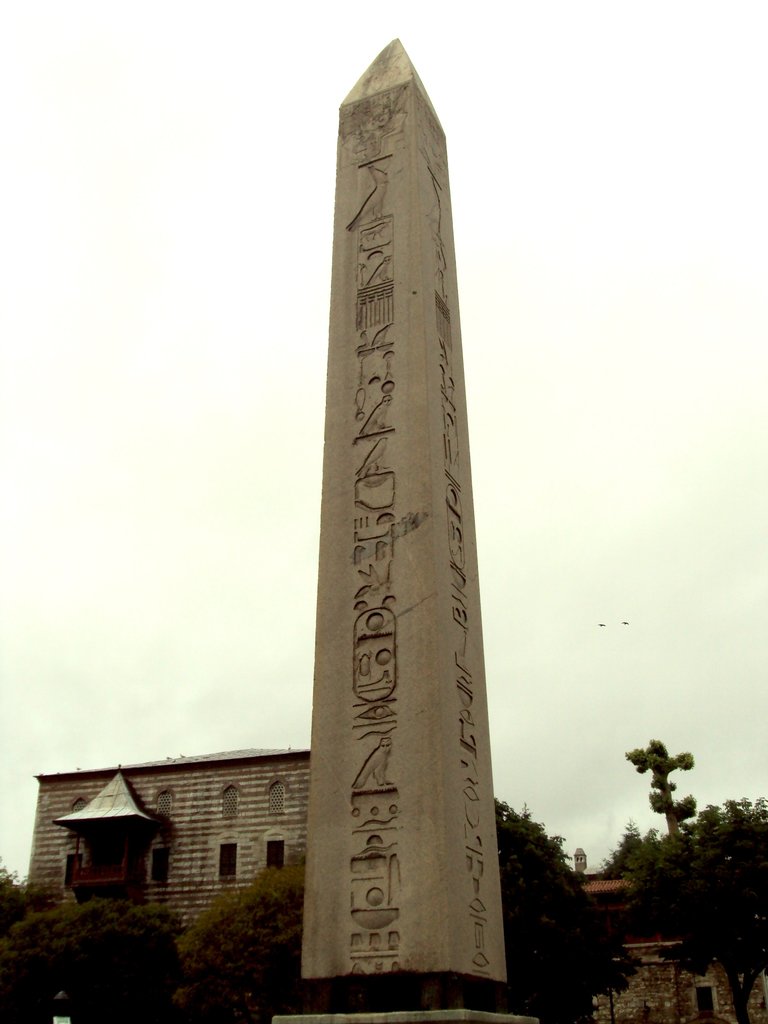

I hope you enjoyed this extraordinary place, which I highly recommend. And we have very little left to share about Istanbul, one more post about a place that you don't expect but is very beautiful and special. Soon!
More about Istanbul here:
- Istanbul, Turkey: magical views on the Bosphorus
- Istanbul, Turkey: the wonderful Topkapı Palace
- Istanbul, Turkey: the amazing downtown in the European part
- Istanbul, Turkey: the great Santa Sofia and Blue Mosque
- Istanbul, Turkey: the incredible Archeological Museum
Istanbul, Turkey 🇹🇷❤️ Europe/Asia

Thanks for reading! Have a charming and nice day.
The text is totally mine and the photos too, by ©Duvinca, helped by DeepL translator and the banners have been created by me using Canva.com -NO AI-

